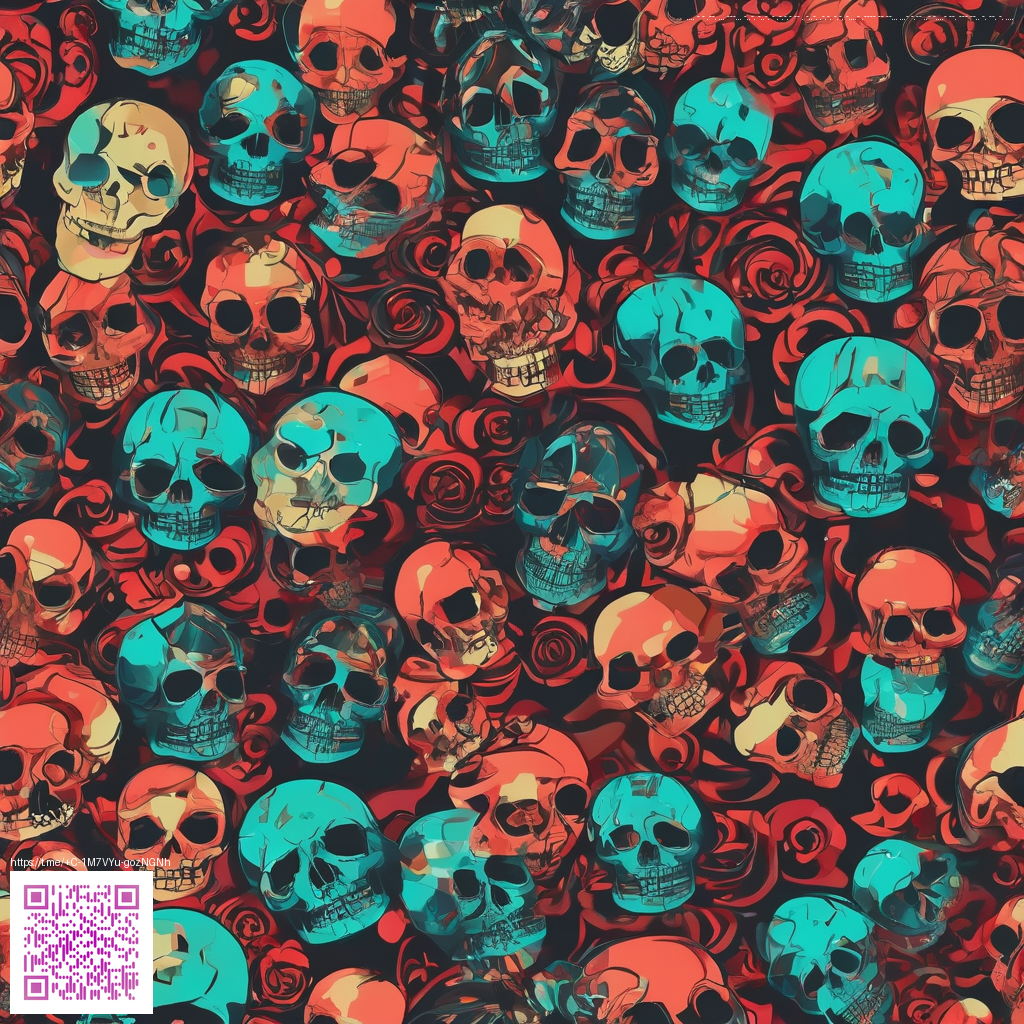
Modding culture shapes Cities Skylines II
Cities Skylines II launches with a promise of deeper simulation and tools that invite tinkering, but the true engine of its longevity sits in the hands of players. The modding community has grown into a dynamic studio, crafting everything from micro optimizations to grand visual studios that redefine how cities breathe on screen. In practice, a thriving modding scene means more than extra content it means a shared language of how designers tune traffic, zoning, and citizen behavior to create living, breathing grids.
At the heart of the scene is practical gameplay evolution. Modders experiment with traffic flow nets, curbside micro interactions, and transit node rules to balance congestion in ways developers could not anticipate during the early access phase. The result is a continuous feedback loop where inventive solutions rise to the surface and the base game adapts through community driven presets and scripts. This is not mere cosmetic add ons it is a toolkit that expands the core system into more believable urban ecosystems.
What players build and why it matters
Asset packs, UI tweaks, and new district templates have become standard fare. Players push for more readable zoning indicators, smarter public transport overlays, and modular building kits that unlock distinct urban rhythms. The community also experiments with aesthetic shifts such as neon night studies and cinematic lighting that transform a simple city scape into a character with personality. The motivation is simple yet powerful creating unique cities that reflect player values and play styles.
Beyond visuals the experimentation extends to gameplay systems. Some creators explore alternative economy flows, like dynamic tax incentives for neighborhood redevelopment or micro challenges that guide players toward more nuanced planning. Others chase performance rather than spectacle, refining pathing logic and population simulation to keep large metro areas stable on lower end rigs. The shared goal is a more responsive world that still respects the sandbox roots of the game.
Community driven innovations act as a living proof that the best ideas often come from players who push the limits of the tools they are given
Windows into the community through updates and patches
Update coverage in this space happens in real time as patch notes arrive and modders test compatibility. The cycle is collaborative people publish compatibility patches while others provide hot fixes and updated localizations. Discussions on forums and in collaborative repositories reveal a disciplined approach to shaping balance and performance across configurations. Even when a patch introduces turbulence the community responds with a curated set of mods that keep cities running smoothly.
Observations from public discussions show that the modding workflow is increasingly organized around official tools and documentation. You can trace a pattern where developers provide skeletal APIs and community members fill in the fat with robust scripts and asset pipelines. This balance between official support and player innovation is what keeps the platform feeling fresh after dozens of in game hours.
Modding culture as a social fabric
Beyond the code the culture thrives on sharing. Tutorials, asset packs, and scripting examples become a common language that lowers the barrier for new creators to join in. The culture thrives on collaboration where multiple creators synergize to build complete ecosystem packs that cover everything from transit networks to environmental storytelling elements. As a result the game grows into a living city lab where every update becomes a chance to test a new urban hypothesis in a safe sandbox.
Events within the community often revolve around showcase builds or themed challenges. These gatherings help new players see what is possible and veteran players to push the boundaries further. The sense of collective achievement elevates the experience turning a single city into a showcase of shared skill and imagination.
Developer commentary and official toolchains
Developers have responded to community momentum with clearer modding guidelines and more approachable tools. The presence of public modding documentation and example projects signals a strategic shift toward a healthier ecosystem rather than a one way gate. The dialogue between studio teams and creators helps ensure that powerful tools remain accessible while maintaining game stability for everyone.
This collaboration also extends to naming conventions, asset standards, and version compatibility checks that reduce friction when teams update their work after patches. It is a collaborative model that respects both the artistry of city design and the discipline of software craftsmanship.
Looking ahead from the current city skyline
As the community continues to push new boundaries, players should expect deeper integration between user generated content and core gameplay. The best projects will likely offer interoperable systems that can slot into official city templates without causing balance disruption. That means more dynamic districts, smarter traffic heuristics, and richer visual storytelling that makes every city feel alive and unique.
For players curious about where to begin, the joy is in starting small and learning the shared toolset. A single mod focusing on transit velocity or a refined zoning HUD can unlock weeks of experimentation. The true magic lies in watching a tiny idea bloom into a full blown metropolis that others adopt and adapt for their own visions.
Collectors and creators alike should keep an eye on community driven repositories and forum threads. The conversation is not only about adding content it is about evolving the language of city planning within a game that rewards thoughtful design and clever problem solving.
With every update the cities grow smarter and the players feel more connected. The modding scene in Cities Skylines II is not just a hobby it is the engine driving the next wave of urban imagination for gamers everywhere 🎮🕹️